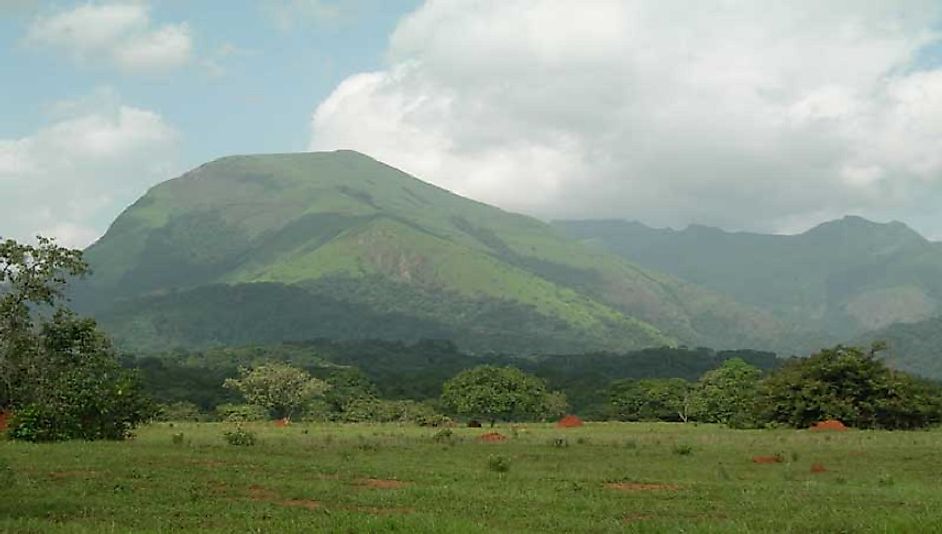Mount Nimba Strict Nature Reserve Of Guinea And Ivory Coast

The dense and biodiverse forests of Mount Nimba have been classified as a United Nations Educational, Scientific, and Cultural Organization (UNESCO) World Heritage Site in Danger. The Mount Nimba Strict Nature Reserve preserves some of the West African habitats with the most remarkable flora and fauna. The reserve is home to unusual landscapes, and it is one of the most treasured sites in West Africa as well as the entire continent.
5. Description -
The reserve straddles both Guinea and Ivory Coast, occupying an area of 17,540 hectares. The reserve is home to part of the Mount Nimba Range, with the highest peak being Mount Richard-Molard at an elevation of 5,750 feet above sea level. The mountain’s forests are home to endemic and diverse flora and fauna species. The reserve’s landscape is characterized by vast expanses of savanna, mountain grasslands, montane forests, rivers, waterfalls, rock formations, and hills.
4. Ecological Role -
The region serves as a crucial water catchment area, giving life to some of West Africa’s essential rivers, and in turn to its people and wildlife. Centuries of the area's isolation have enabled evolutionary processes and a subsequent high level of endemism in the present flora and fauna. The mountain range is uniquely located in the transition zone of savanna and tropical forests habitats. These habitats are home to rare plant and animal species, which engage the curiosity of biologists. Over 200 flora and fauna species are endemic and new species are continuously being identified. The reserve has many habitats which exhibit variations in ecosystems and micro-climates. Savanna, dense forests, and woodlands exist near each other and together support biodiverse flora and fauna.
3. Tourism, Research, and Education -
The reserve presents scientists with a massive natural laboratory. Of particular interest to biologists are the evolutionary processes that have resulted in animal species with unique behavioral and biological characteristics. An example of such species is the Western Nimba Toad (Nimbaphrynoides occidentalis), a toad with an ability to give birth to live young ones due to the dry conditions of its habitat. The reserve has enabled research on the way of life of various animals as they are in their natural habitats. Although tourism infrastructure is not well-developed in the reserve, tourists flock to the region to witness the unique flora, fauna, and landscapes.
2. Habitats and Biodiversity -
Montane forests dominate areas of the Mount Nimba Strict Nature Reserve at altitudes between 600 and 1,000 meters above sea level, and harbor a jungle of epiphytes. The vast areas of savanna and grasslands below are home to an abundance of flora and fauna species. Over 2000 vascular plants have been identified in the reserve, with some being endemic or near-endemic. Iconic African Wildlife abounds in the region including the West African lion, African golden cat, zebra duiker, monkeys, pygmy hippopotamus, and two viviparous toad species. Notably, the Western Africa Chimpanzees in the region exhibit the use of stone tools. Unfortunately, most of these animals are listed as endangered.
1. Environmental Threats and Conservation Efforts -
Apart from being rich in biodiversity, the reserve is also blessed with iron ore deposits which are regarded to be of high quality. Industrial interests seem to have taken precedence over conservation efforts as the reserve has been continuously degraded by mining activities. Part of the reserve in Guinea has been excised and is currently used for mining. Agriculture encroachment is another threat as some of the areas have been cleared for agriculture. Poaching and hunting for bush meat continue to threaten the sustainability of the reserve’s wildlife. Governmental actions against such threats are highly limited due to inadequate funds and the reserve’s conservation mainly relies on donors.







